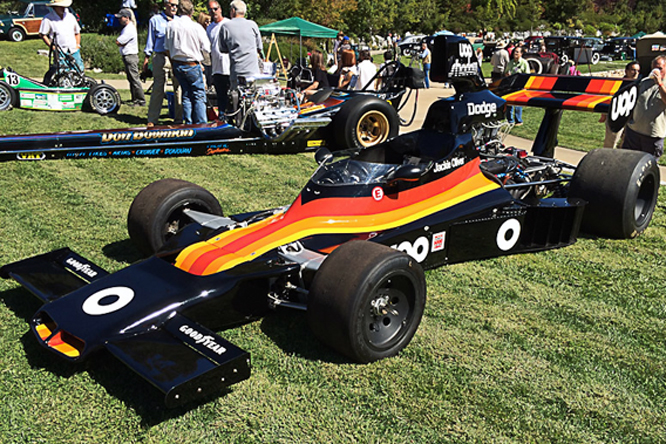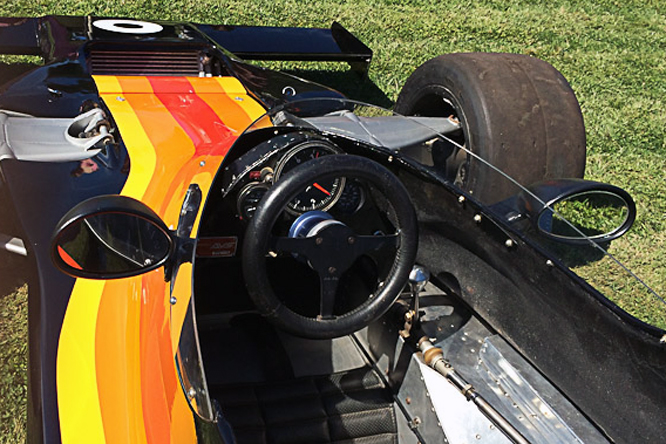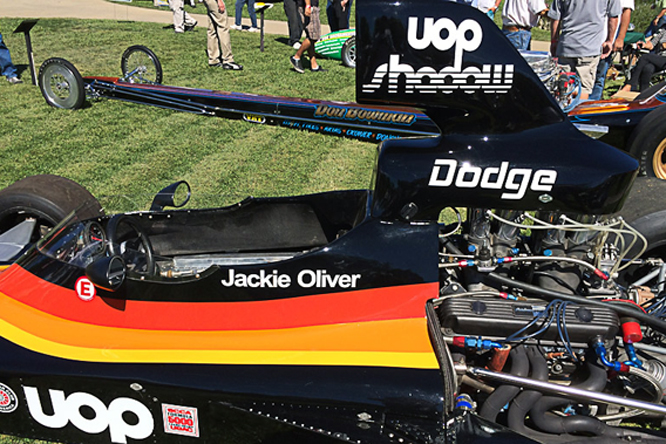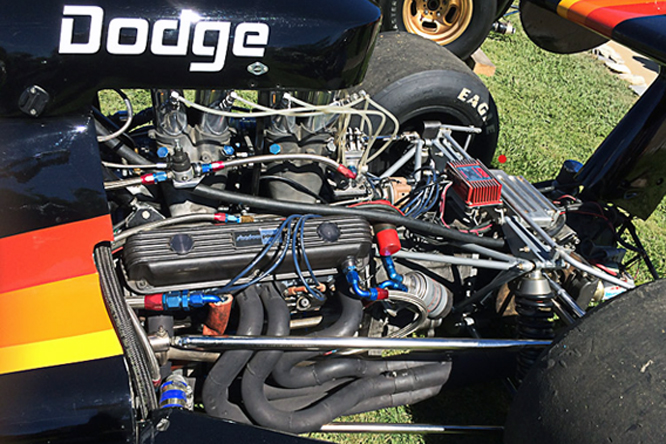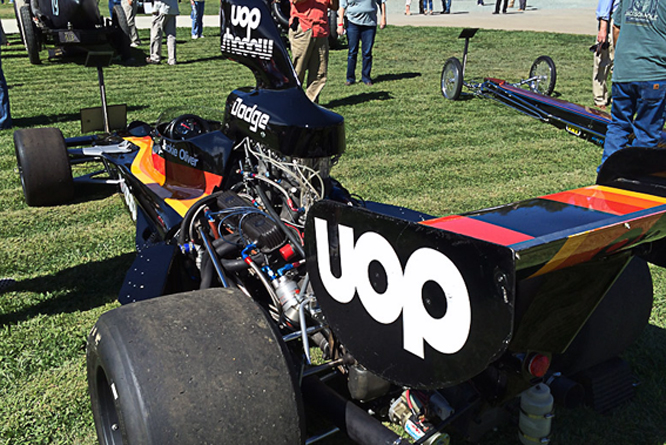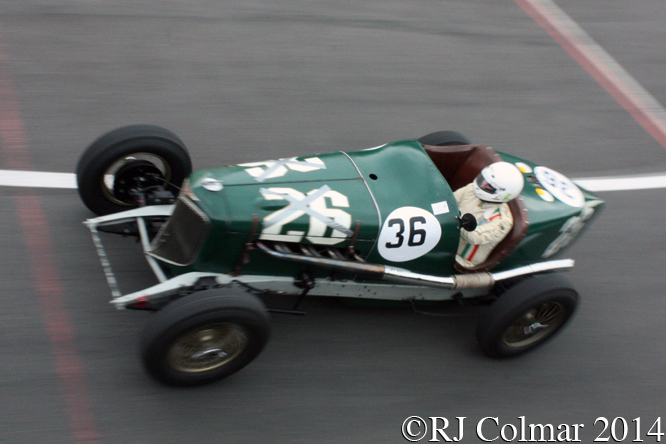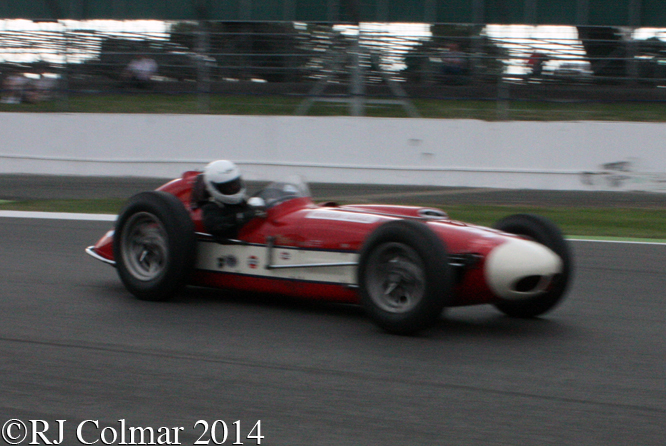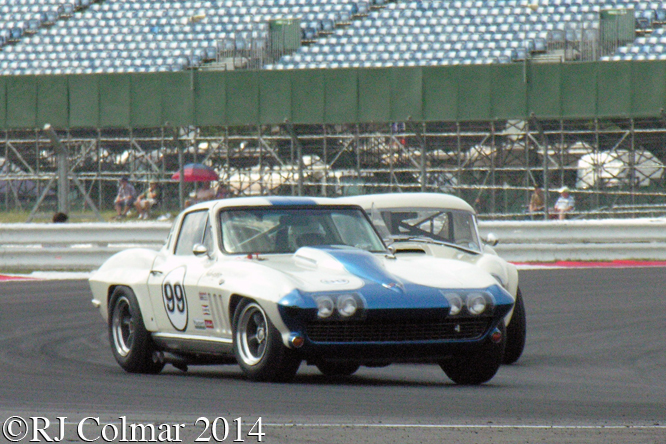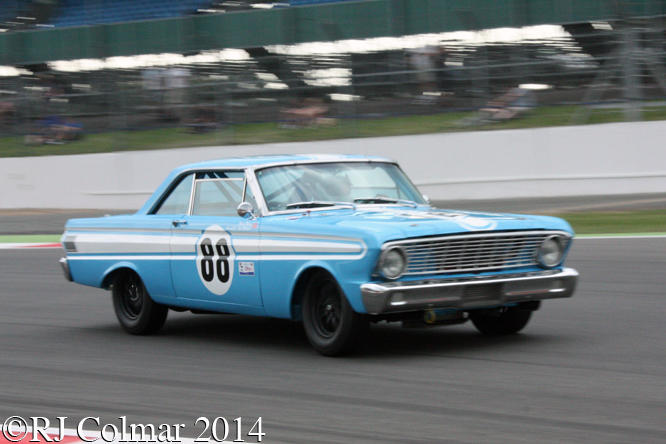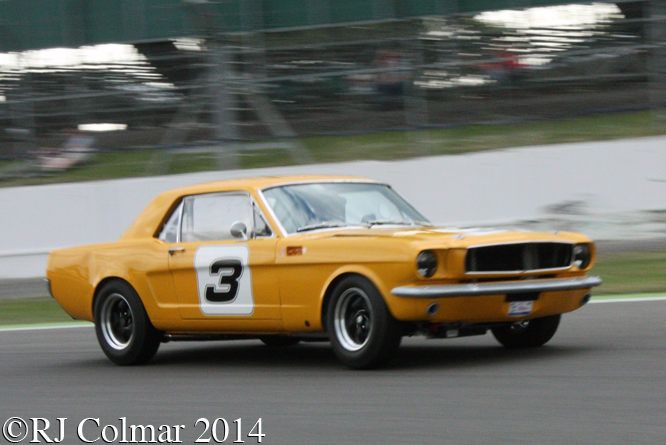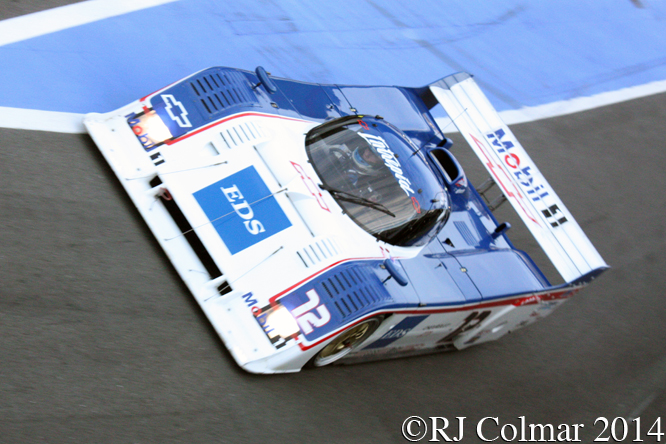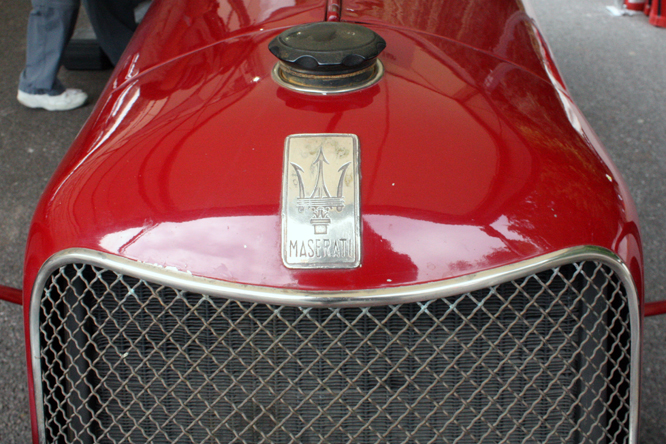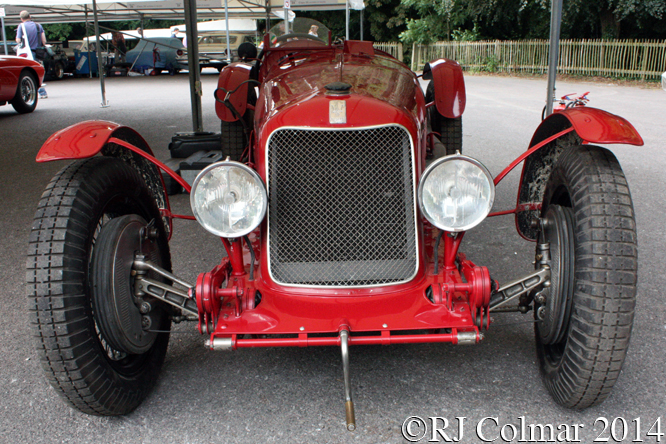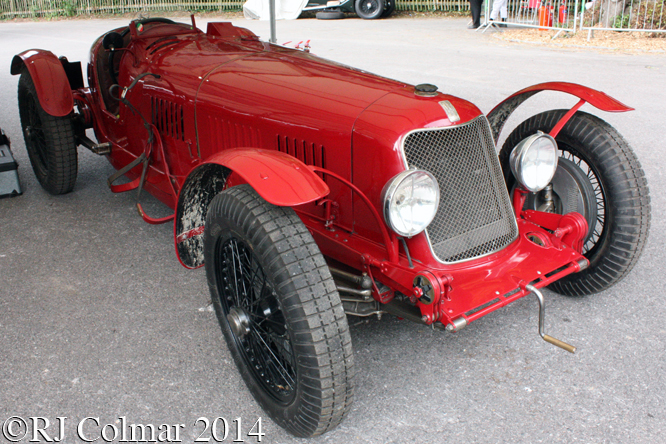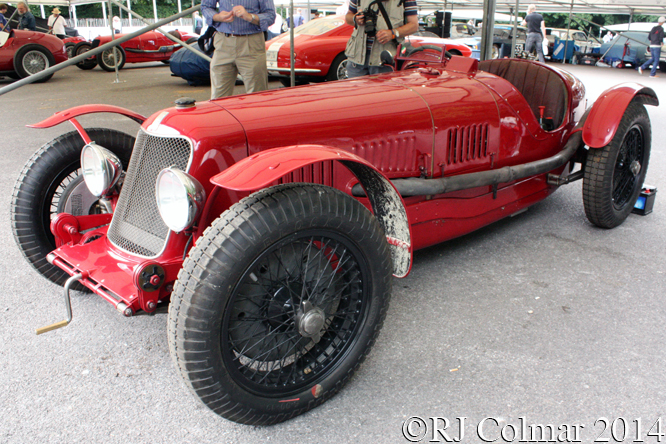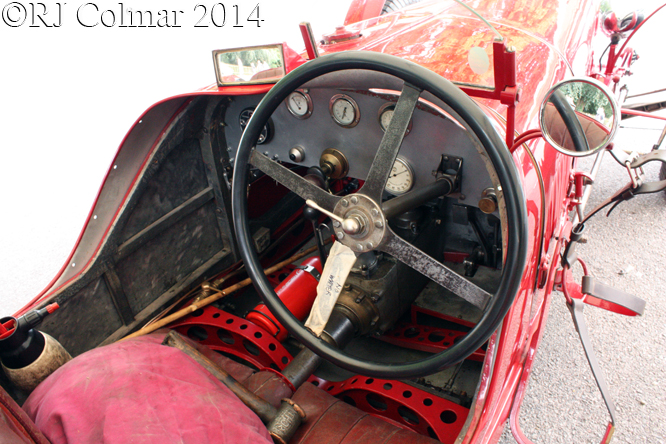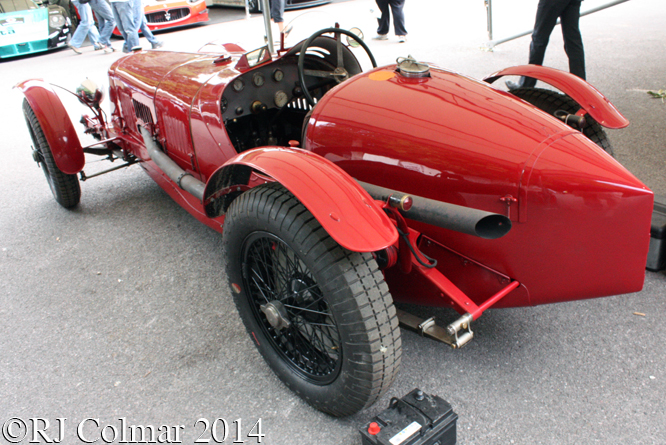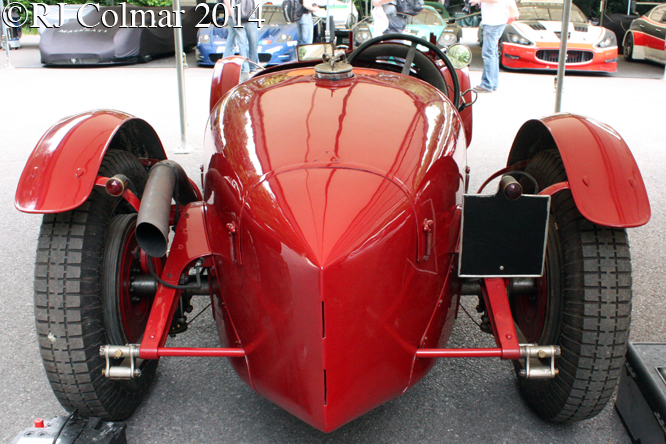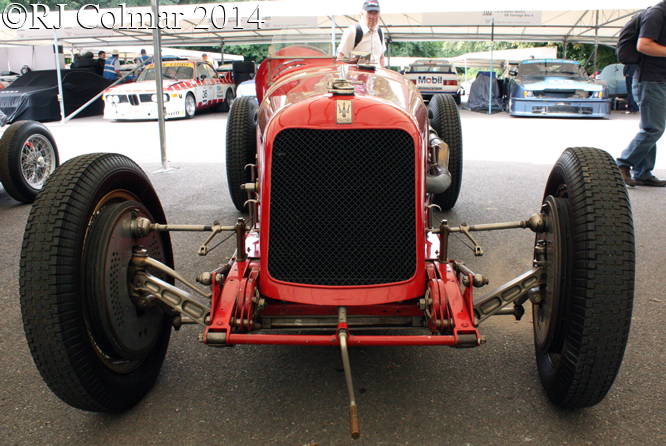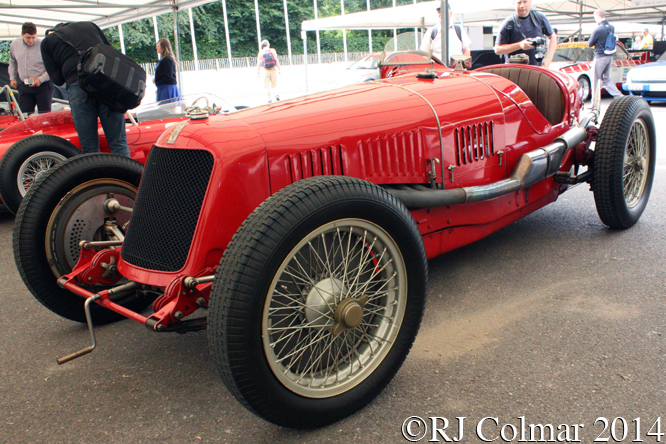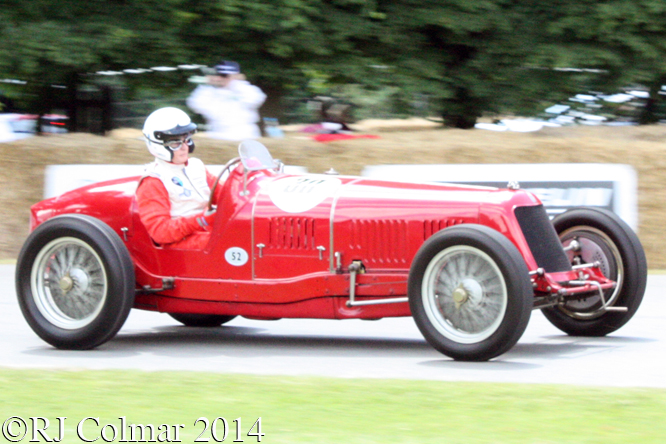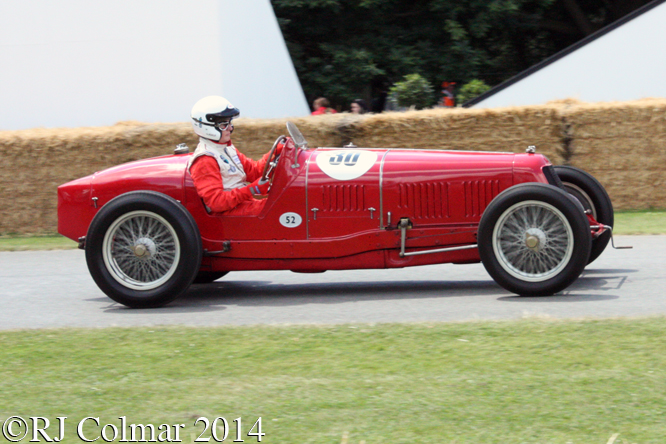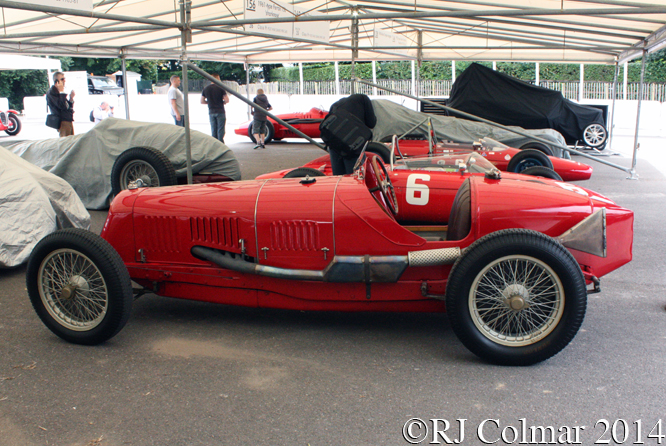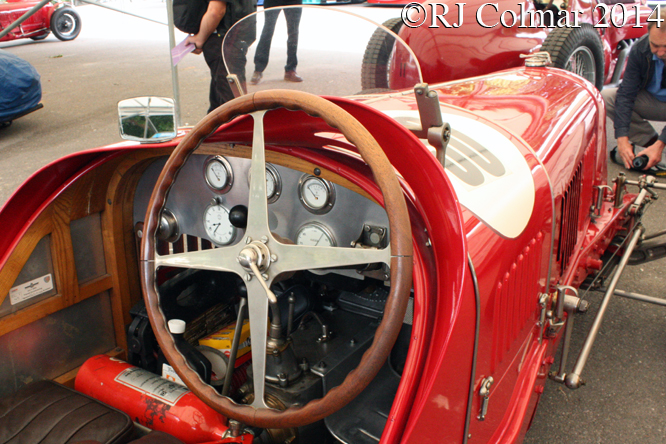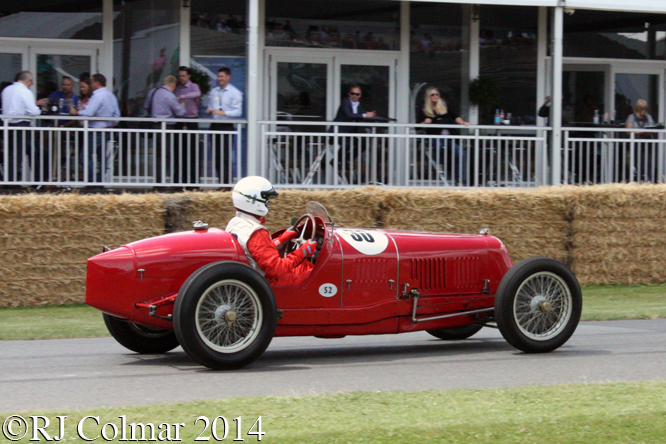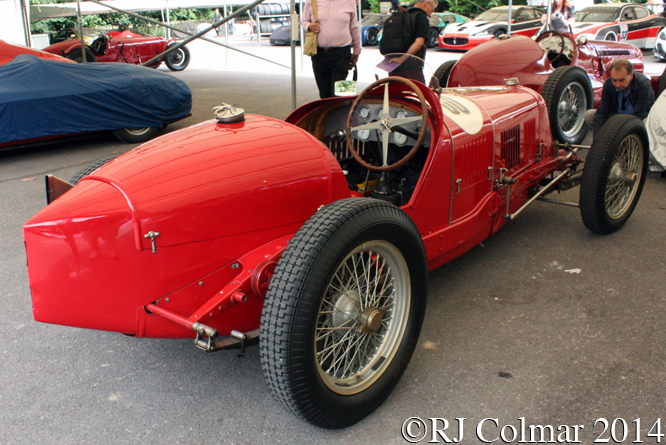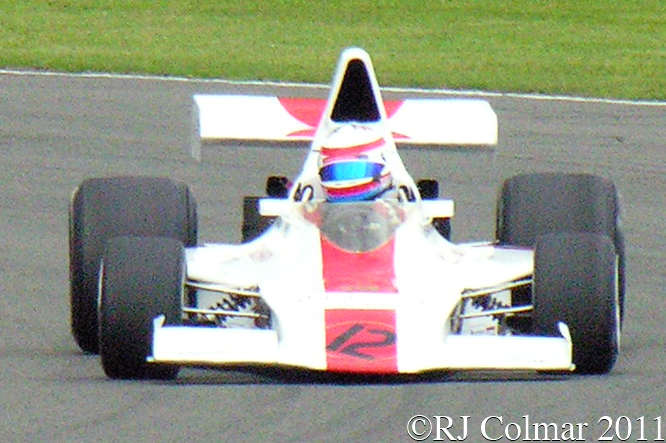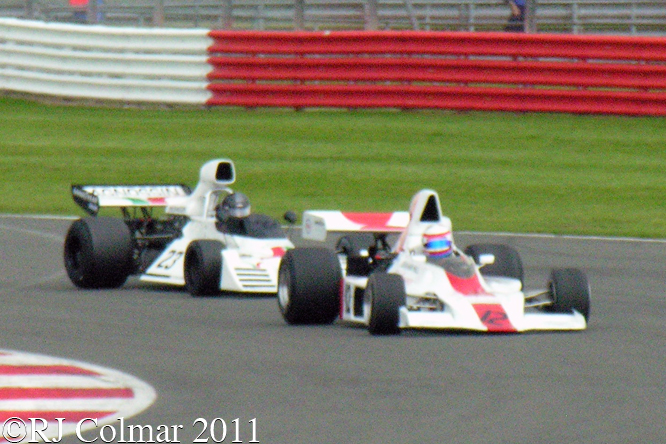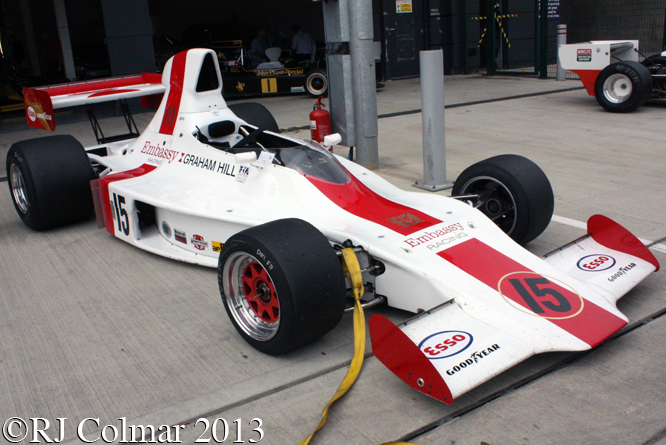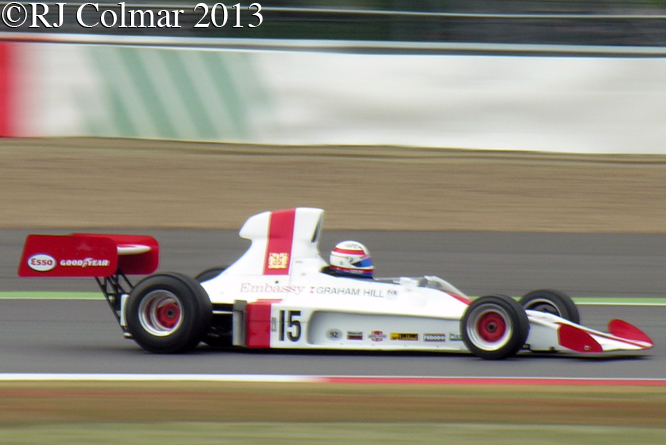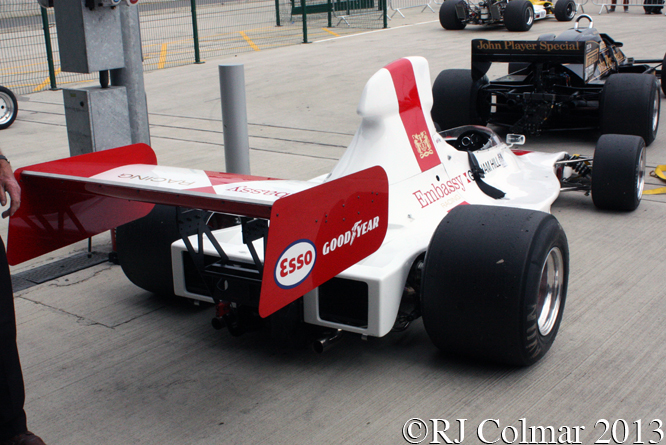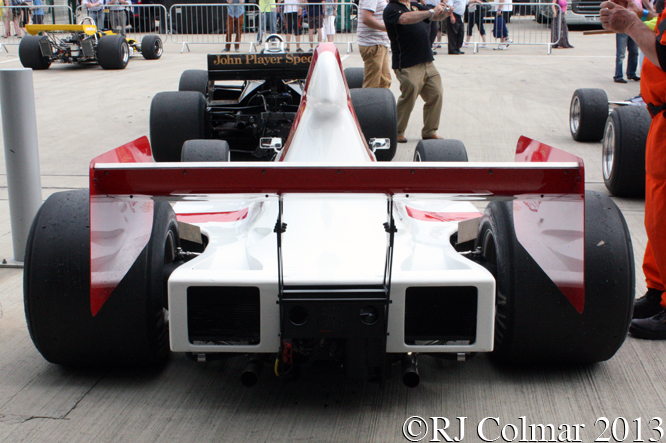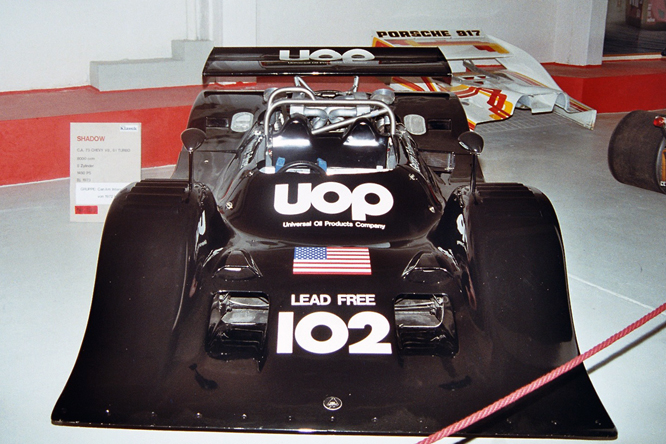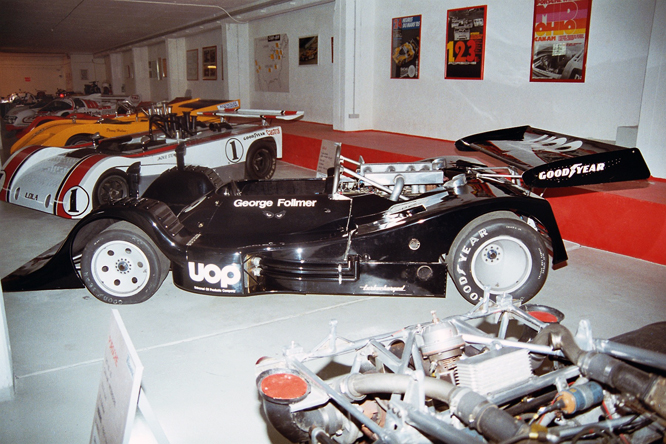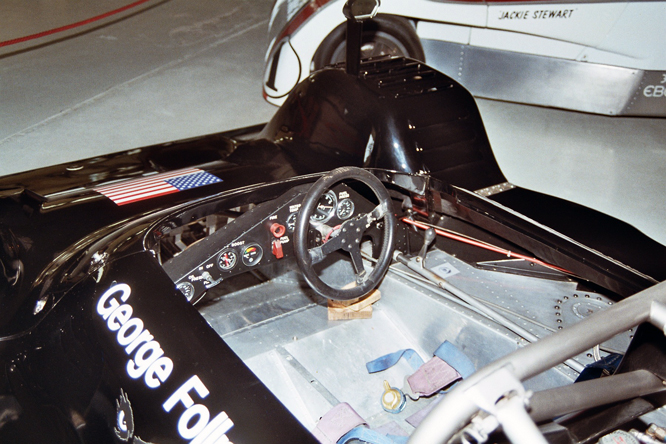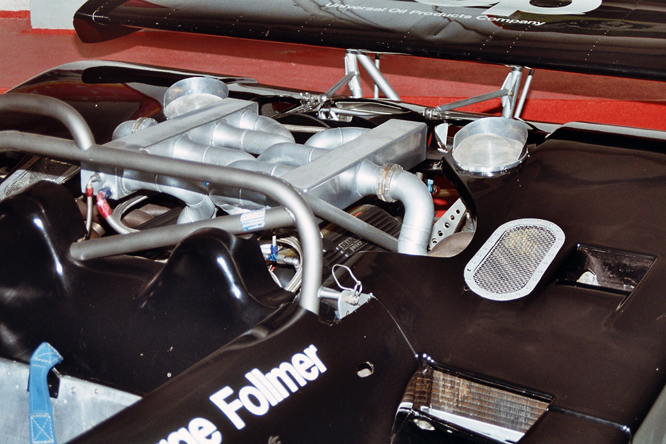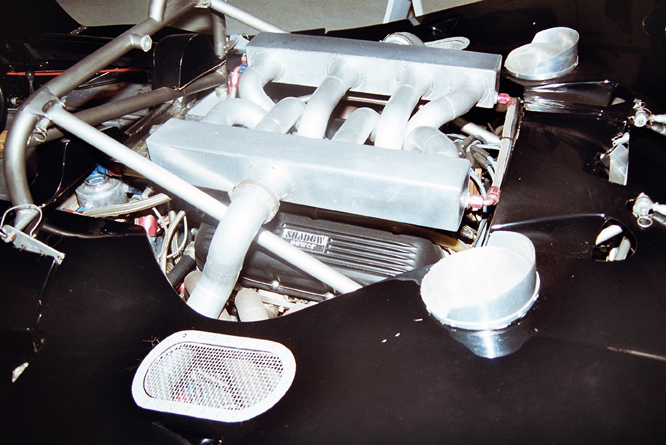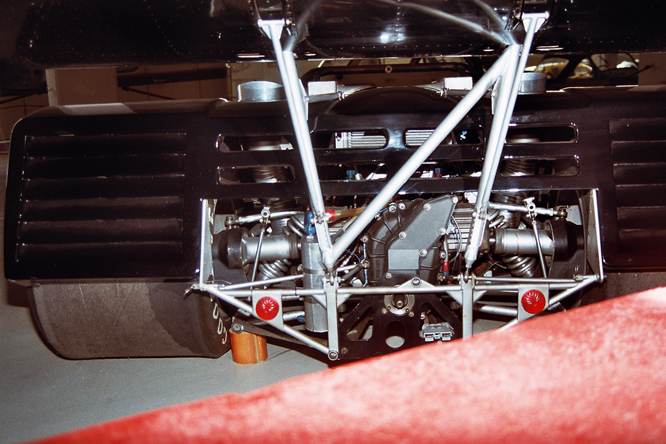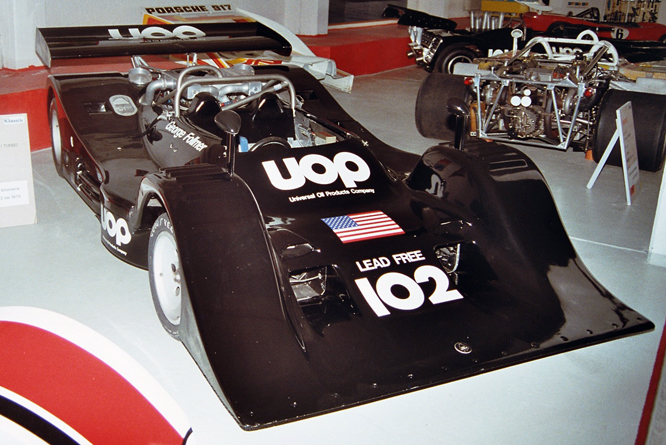While Raymond May’s was busy pumping the British motor industry for patriotic cash to lubricate the wheels of the newly formed British Racing Motor’s, to ex RAF pilots Rodney Clarke and Mike Oliver, backed by Kenneth McAlpine went about there motor racing in a far more pragmatic understated way.
Setting up behind the Continental Autos Garage in Send, Guildford, Surrey, Connaught, notice the pun, Engineering was founded by Rodney and Mike to build a 2 litre / 122 cui sports car around proprietary Lea Francis chassis and motors for Kenneth and Rodney to race in 1949.
The immediate success of the L2 in Rodney and Kenneth’s hands led the team to try their hand at building an open wheel Type A for Formula 2 using their own development of the Lea Francis motor for the 1950 season.
By 1952 a series of Formula 2 races counted towards the world championship and Dennis Poore finished 4th in the British Grand Prix the teams highest finish in the 1952 season limited to 3 outings in Britain, the Netherlands and Italy.
More sporadic World Championship appearances in 1953 which included private Connaught entries from Ecurie Ecosse, and Ecurie Belge did not bring any further success nor did the final appearance of five 2 litre formula two Type-A’s in the 1954 British Grand Prix run to the new Formula One 2 1/2 litre formula.
Rodney and Mike had hoped to use the Coventry Climax Godiva V8 for their Type-B formula one car in 1954 but when that got cancelled they came up with a plan B to develop a 2.5 litre / 152 cui version of the 2 litre / 122 cui Alta Forumla 2 engine against which they had been competing since 1950.
The Type-B made it’s only 1955 World Championionship appearance at the British Grand Prix where four works cars appeared alongside the private entry for Leslie Marr, they all retired except Jack Fairman’s entry which did not start.
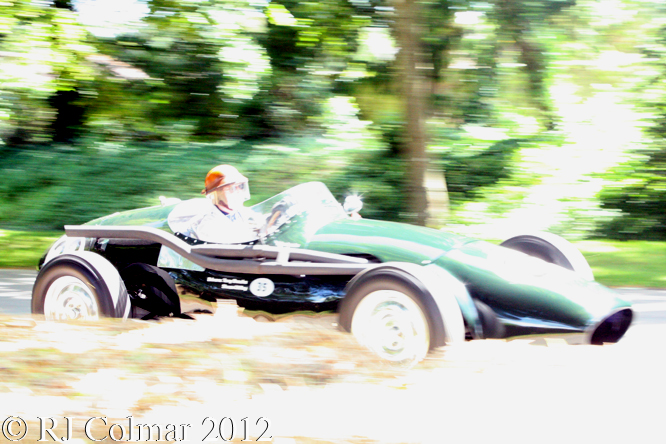
At the end of the 1955 season there was a non championship event run at Syracuse in Sicily, with the withdrawal of the works Mercedes team in the aftermath of the 1955 Le Mans crash the organisers called up Mike Oliver at Connaught to see if he could be tempted with an offer of £1,000 per car start money to bring two cars to race against the five works Maserati’s on the entry list.
Short of funds this was an offer not to be missed and after briefly testing a stream lined car which was to be entered for Les Leston and open wheeler chassis #B1 entered for debutant Tony Brooks the cars were packed into the back of a pair of converted 1939 AEC 10T10 Regal Greenline buses and sent on their 2,000 mile journey to Sicily.
On the Monday before the race Mike flew his car to Le Toquet in France to find a message informing him that the two transporter had been impounded because their documents were not in order.
Having sorted out the paper work the Connaught convoy set off for Sciliy with the buses being driven non stop in 12 hour shifts by the two pairs of mechanics. By the time they got to the Calabrian mountains the fun really started, the buses needed to reverse back and forth to make it round the hairpins which slowed progress down to 11 mph and one of the buses needed to have it’s brakes relined.
Meantime Tony Brooks, who’s 42 race CV was topped by just three non championship starts in a Formula 2 Connaught Type-A and one start for Aston Martin at Le Mans, took timeout from his dental studies in Manchester and flew down to Syracuse.
With no team in sight he and team mate Les Leston hired a pair of Vespa motor scooters and set about learning the track, in so doing Tony acquired a sore between his throttle hand thumb and index finger.
Both transporters eventually arrived in time for practice on the Saturday before the race and with out any sleep the mechanics set about preparing the cars.
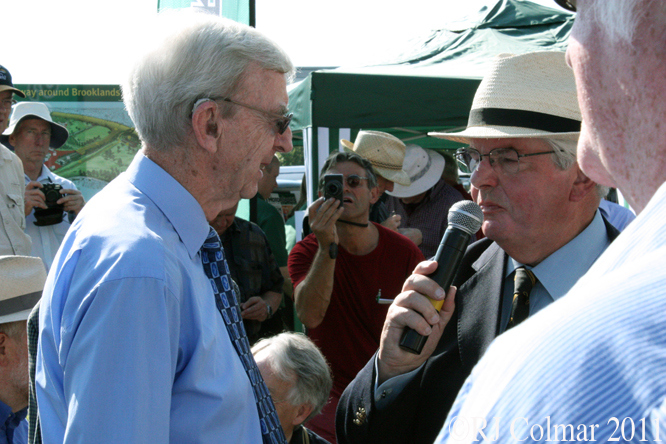
Tony had not so much as sat in his open wheel Type-B before the event and the teams priority in order to at least recoup their travel expenses was to start the race so practice laps were limited.
It came as a great surprise to find that Tony easily qualified a competitive third and would start alongside the leading Maserati’s of Luigi Musso and Luigi Villoresi with Les Leston not far behind.
The 243 mile race was run over 70 laps where Tony observed that “there was none of this business of using a foot of grass, as on an English airfield circuit, then bobbing back’, and reliability would be a major issue, in their favour the tight track suited Connaught’s handling which was at a premium over the outright power advantage of the Maserati’s.
The Maserati’s of Musso and Villoresi and Harry Schell led the three opening laps but on Lap 4 Tony passed Harry and then passed Villoressi with 10 laps completed.
Tony then went into a terrific dice with Luigi Musso who was working hard in his drum braked Maserati to keep the disc braked Connaught of Brooks at bay after swapping the lead several times and raising the average lap record speed from 99 mph to 102 mph Tony was able to ease away to a 50 second lead without putting any unnecessary stress on his car.
The Grand Prix win was the first for an English driver in an English built car since 1924 when Sir Henry Seagrave won the San Sebastian Grand Prix driving a Sunbeam.
After the race while tightening a handkerchief around his hand, injured by the Vespa, with his teeth Tony lost an expensive dental bridge piece from his mouth in the crowd as he prepared to go back to the hotel upon the motor scooter.
He fitted a spare he carried that night for the celebrations but since it was not very secure he restricted his conversation which the Scilians interpreted as another example of the famous British stiff upper lip.
Tony went on to contend for the 1959 World Title with Ferrari, but ended up finishing second to Jack Brabham driving a Cooper, and retired from Formula One in after finishing third in the 1961 US Grand Prix driving for BRM with 6 career championship victories.
Connaught went into steady decline after Ron Flockhart scored the manufactuers best championship finish of 3rd in the 1956 Italian Grand Prix, by the end of 1957 Connaught was auctioned off piece meal and Rodney and Mike returned to running Continental Autos.
Bernie Ecclestone bought two cars which he ran for in 1958 at Monaco and the British GP without success, until the death of his lead driver Stuart Lewis – Evans died from burns received after crashing his Vanwall in the 1958 Morrocan Grand Prix.
The last person to race a Connaught in a World Championship event was Bob “father of Boris” Said who started 13th but pushed his car into the pits after an accident on the opening lap of the 1959 US Grand Prix.
Tony is seen in today’s photographs wearing the blue shirt being interviewed during the the William Boddy Tribute at Brooklands and at the wheel of chassis #B9 at Goodwood Festival of Speed.
#B9 was built up from an unnumbered spare with original Connaught parts by by long-time Connaught specialist Spencer Longland, the original #B1 which Tony drove in Syracuse belongs to Bernie Ecclestone having been damaged in a fire at Syracuse in 1957 and been repaired many years later.
My thanks to Tim Murray, Alan Cox and Peter Morley at The Nostalgia Forum for answering my questions.
Thanks for joining me on this “Plan B” edition of “Gettin’ a li’l psycho on tyres” I hope you will join me again for Maserati Monday tomorrow. Don’t forget to come back now.
